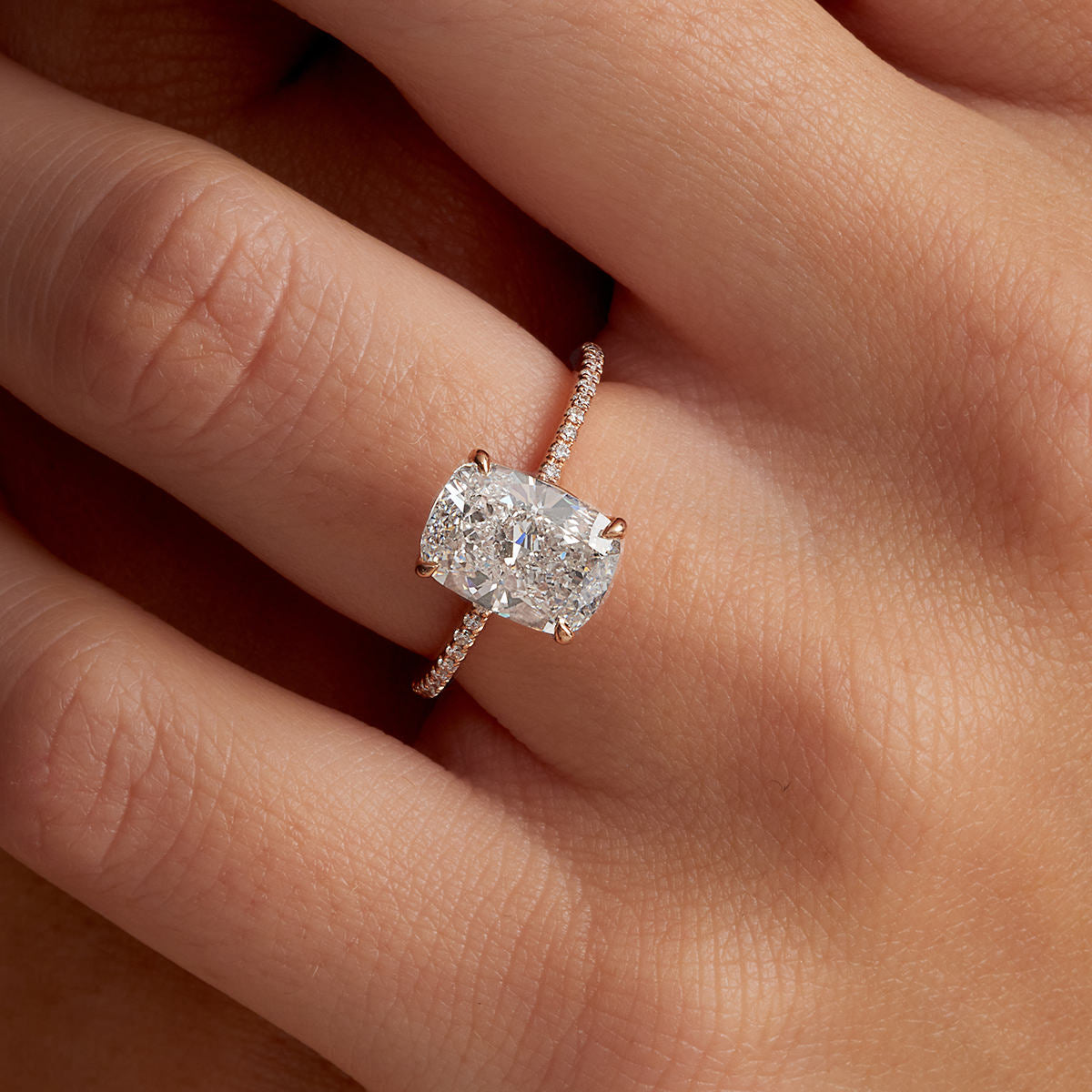Lab Grown Diamonds vs Mined Diamonds
The debate between lab-grown and mined diamonds is significant in the jewelry industry, reflecting advancements in technology and changing consumer values.

Origin and Production
- Lab-Grown Diamonds: Created in controlled environments using advanced technologies that replicate natural conditions, allowing for the production of diamonds without extensive mining.
- Mined Diamonds: Extracted from the earth through mining processes which can have substantial environmental impacts, including land degradation and ecological disruption.

Environmental Impact
- Lab-Grown Diamonds: Offer a more sustainable and less environmentally invasive alternative. The process requires significantly less water and energy and reduces carbon emissions.
- Mined Diamonds: The extraction process is energy-intensive, has a high carbon footprint, and can lead to ecological harm and community displacement.

Cost and Accessibility
- Lab-Grown Diamonds: Generally less expensive than mined diamonds due to more streamlined production processes. This affordability increases accessibility for consumers seeking luxury at a lower price point.
- Mined Diamonds: Often carry a higher price due to the complex and costly process of extraction and distribution.
Best Sellers

Quality and Perception
- Lab-Grown Diamonds: Chemically, physically, and optically identical to mined diamonds, often with fewer impurities.
- Mined Diamonds: Valued for their traditional and natural origins, which some consumers prefer despite the identical properties.

Market Trends and Consumer Preferences
- Lab-Grown Diamonds: Increasingly popular among younger consumers who prioritize ethical considerations and sustainability.
- Mined Diamonds: Continue to hold a significant market share, supported by centuries of cultural heritage and perceived rarity.
Choosing between lab-grown and mined diamonds depends on personal values, with lab-grown options offering an ethical, economical, and environmentally friendly choice without compromising on quality.








































